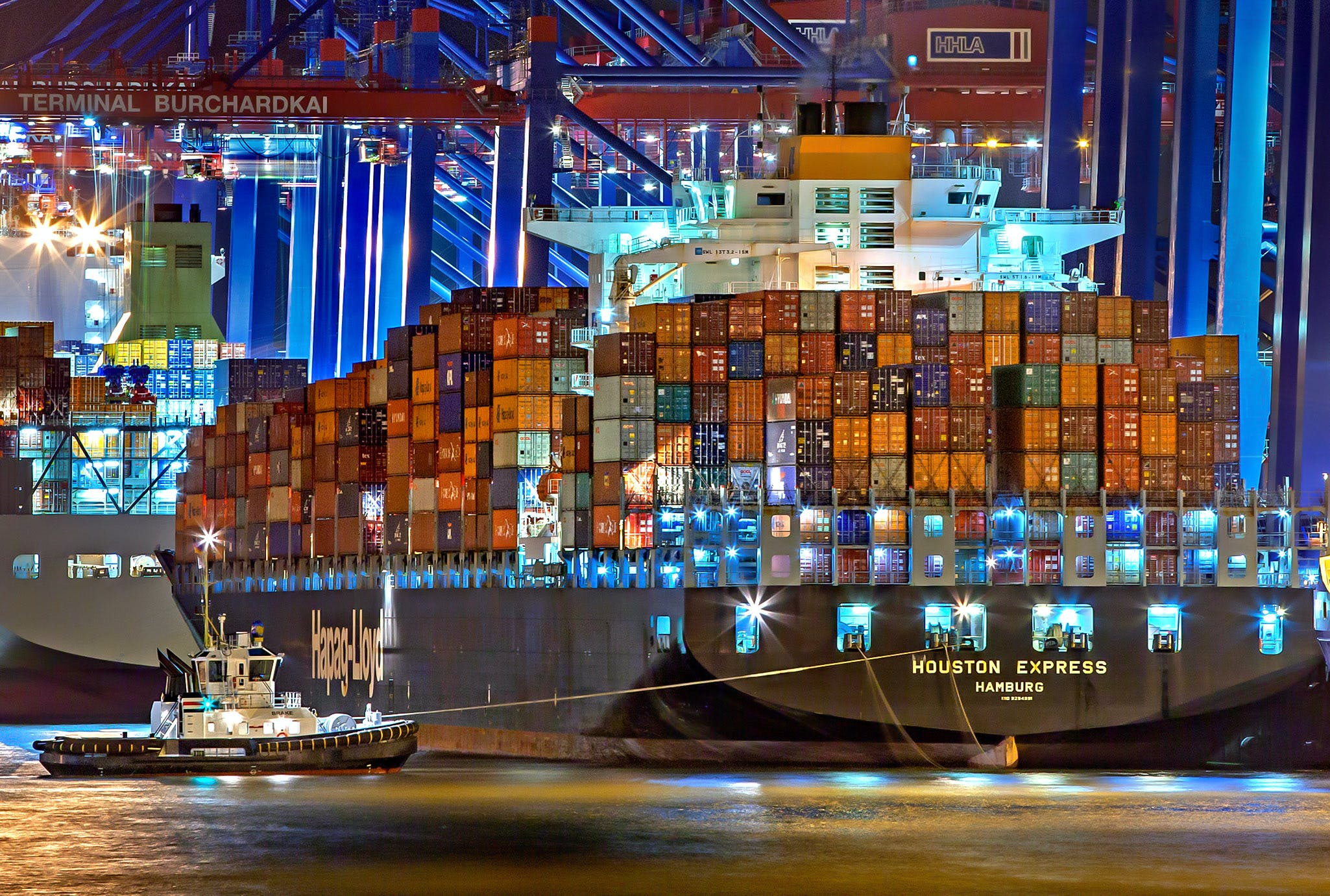The Suez Canal’s 22,000 Ships

Two key numbers about the Suez Canal. $1 trillion, and 22,000 ships. About $1 trillion of goods go through the canal each year, ship by ship, over 20,000 times. These stats allow at least one way to calculate the damage of terrorist threats to the canal and the current effect on traffic.
The money involved: Ship company stocks rose with the Suez problem.
On most days, about 50 ships pass through the Suez Canal. That figure has dropped substantially in the last several days. For shipping companies that have made the safety-based decision to travel via the Cape of Good Hope, the trip from Rotterdam to Singapore (a Europe to Asia proxy route) grows by 3,200 nautical miles or 40%. The fuel cost of these ships has increased, but that is not the primary problem. The much higher cost is if the potential value of the cargo itself rises sharply as supply chains tighten. The global cargo system has a “just in time” component, particularly susceptible to transit time.
The Iran back Houthis, which operate from northern Yemen, have used drones and missiles to menace ships in the Red Sea ships since mid-October. No ship has been badly damaged or sunk. Only one of two things will protect open navigation. The first is if there are no ships. The other is if the US decides to intervene so that the Houthis lose their capacity to operate militarily. The cost of the first can be calculated, at least within reasonable tolerances. The economic cost of a military conflict in the Middle East is staggering.
How to look at the change in the economic value of the 22,000 ships? The damage consumer price increases did to the global economy for two years recently is a yardstick. Inflation and the effects of higher interest rates as the Fed fought inflation nearly drove the global economy into recession. Most of the early damage in that period was due to energy prices. Crude oil was a large portion of this.
Last week, BP rerouted its ships. Unless the US acts militarily this week, that list will get longer. The 22,000 ships are getting more expensive.
More from ClimateCrisis 247
- Electric Bill Will Skyrocket As Service Gets Worse
- Air Travel Jump To Trigger Higher Greenhouse Gases
- Massive Kuwait Oil Find Boosts Future Of Fossil Fuels
- New Yorkers Asked To Cut Electricity Use





